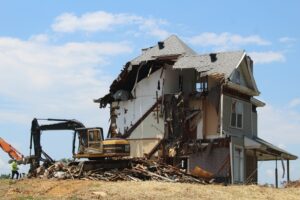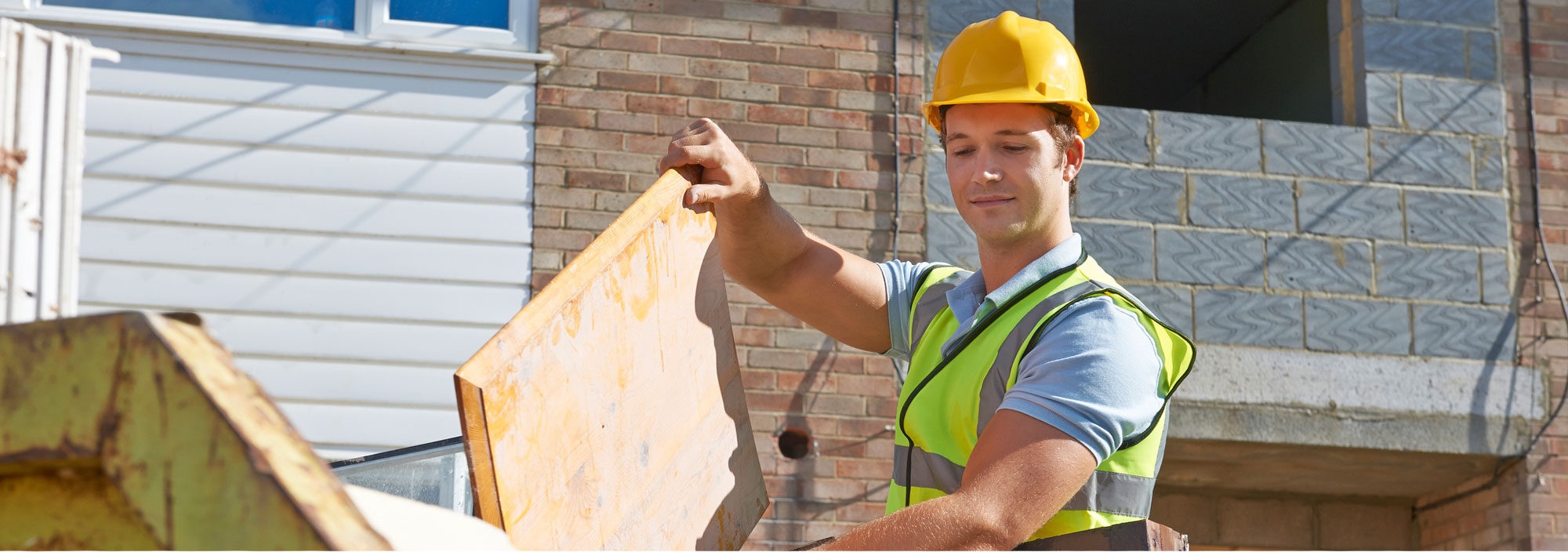Safely Preparing for Demolition Projects in Kingston

Preparing for a demolition project involves much more than swinging a sledgehammer. Before tearing down any structures, it’s vital to ensure everything is set up properly to avoid risks. A thorough preparation is necessary to guarantee not just the success of the project, but also everyone’s safety and compliance with local regulations. Without taking the right steps, you might run into unexpected challenges, leading to delays and potential hazards.
Demolition projects in Kingston can present various risks, from exposure to hazardous materials like asbestos or lead paint to sudden structural collapses or other safety threats. Recognizing these risks, or better yet, preventing them, can go a long way. This kind of due diligence helps keep workers safe and ensures the site remains controllable and orderly. Proper preparation also enables a smooth transition to whatever comes next, be it a new construction project or clearing the area for another purpose.
Assessing the Demolition Site
Before any physical work starts, evaluating the site thoroughly is critical. A detailed inspection helps in spotting problems that could cause trouble. Pay attention to things like asbestos, lead paint, or structural weaknesses. Ignoring these could lead to serious health concerns or accidents. Identifying these hazards early allows for appropriate safety measures and helps you anticipate any special equipment or techniques you might need.
Part of preparing your site involves getting the necessary permits and documentation. This legal side of things can cause real slowdowns if not sorted out beforehand. It’s worth checking with local authorities to understand what permits are required for your specific project. Often, gathering these permissions involves coordinating with local offices or stakeholders, which might take additional time, so starting early on this front is wise.
Essential Safety Gear and Equipment
Safety gear is an integral aspect of any demolition task. Workers should be equipped with appropriate safety garments to reduce injury risks. The list of gear typically includes helmets to protect against falling debris, gloves for handling rough materials, and safety goggles to shield eyes from particles and dust. Ensuring the team is well-protected is a simple step that can prevent accidents.
It’s not just about dressing the part; using the right tools and machinery is equally important. Different tasks require different equipment. Saws, jackhammers, and excavators are common in many demolitions, but each has its own safety guidelines and usage protocols. Workers should be trained to handle these effectively. This preparedness contributes to a more efficient project, minimizing potential downtime due to equipment misuse.
By following these steps in site assessment and safety preparation, the groundwork for a secure and successful demolition project in Kingston is laid out well. With proactive measures and attention to detail, you ensure that the project starts on the right foot, with safety and efficiency at the forefront.
Creating a Demolition Plan
Planning is at the heart of any successful demolition project. It starts with laying out a detailed demolition plan that serves as a roadmap for the entire process. This plan should outline each step of the project, providing clarity on what occurs and when. It’s helpful to create a timeline that prioritizes tasks based on their level of urgency and complexity. This keeps the project on track and helps avoid unnecessary delays.
Working with experienced professionals and involving relevant stakeholders can enrich the planning process. Experts bring insights that can enhance safety measures or suggest more efficient ways to approach the demolition. Whether it’s a consultant who understands structural dynamics or a local official familiar with regulatory requirements, collaboration ensures a comprehensive strategy.
Correct sequencing of demolition activities is vital. Knowing which structures to address first, and the equipment needed for each stage, prevents chaos and confusion on the site. If workers understand who is responsible for specific tasks, and when to expect material to be removed, a smooth workflow is maintained.
Managing Debris and Waste Disposal
One of the less glamorous but equally crucial elements of demolition is handling the debris. Effective management of debris starts with categorizing materials into recyclable, reusable, and waste. This segregation aids in environmental conservation efforts and can sometimes cut down disposal costs.
Timely removal of waste is another critical factor. Piles of debris can become hazards themselves, blocking pathways and posing risks of tripping or falling. Regularly cleared debris ensures that the site remains safe for workers and doesn’t interfere with ongoing work. Hiring a professional waste disposal service can help maintain a clean site and ensure waste is handled properly.
Consider a local scenario as an example: Imagine a historic building in Kingston that’s being taken down to make way for a new community space. The project involves not only careful planning to retain important artifacts but also organized waste management to recycle bricks and metals, keeping the project sustainable and community-friendly. This thoughtful approach makes a big difference in how the project is perceived and managed.
Ensuring On-site Safety and Compliance
Safety needs ongoing attention throughout the project. Regular safety briefings are a smart way to keep crews aware of any new risks or updates in project procedures. These briefings ensure workers stay informed and vigilant about safety protocols, such as wearing protective gear and being aware of emergency exits.
Monitoring compliance with local safety standards and regulations is necessary to avoid legal setbacks and ensure that operations run smoothly. Inspections act as checkpoints so that any lapses in safety can be corrected swiftly.
Having first aid kits accessible and emergency contact numbers prominently displayed ensures preparedness in case an accident occurs. It’s one of those steps that you hope never to use but are crucial to have in place, reinforcing a culture of safety on the worksite.
Wrapping Up the Demolition Safely
As the demolition phase concludes, a final site inspection is vital. This step is essential to confirm that all debris is cleared and no hidden hazards are lingering. The inspection ensures that the site is ready for whatever comes next, be it a new construction project or simply maintaining a clean lot.
Check for any leftover unsafe conditions that could pose risks during future construction or use. Addressing these issues early on keeps the area safe and aligns with best practices for site management.
Finally, plan for a smooth transition to the next phase. Whether it’s construction or another use of the space, having clear documentation and a readiness checklist will help. This forward-thinking approach saves time and resources down the road, allowing new projects to begin without unnecessary setbacks. Wrapping up properly not only marks the end of the demolition but also sets the stage for future success.
Planning a demolition project can be complicated, but you don’t have to do it alone. Get assistance from Dr. Waste for your demolition in Kingston and ensure that waste disposal is managed efficiently. Embrace the ease and peace of mind that professional support brings. Contact us to learn how we can make your project safer and more organized.

